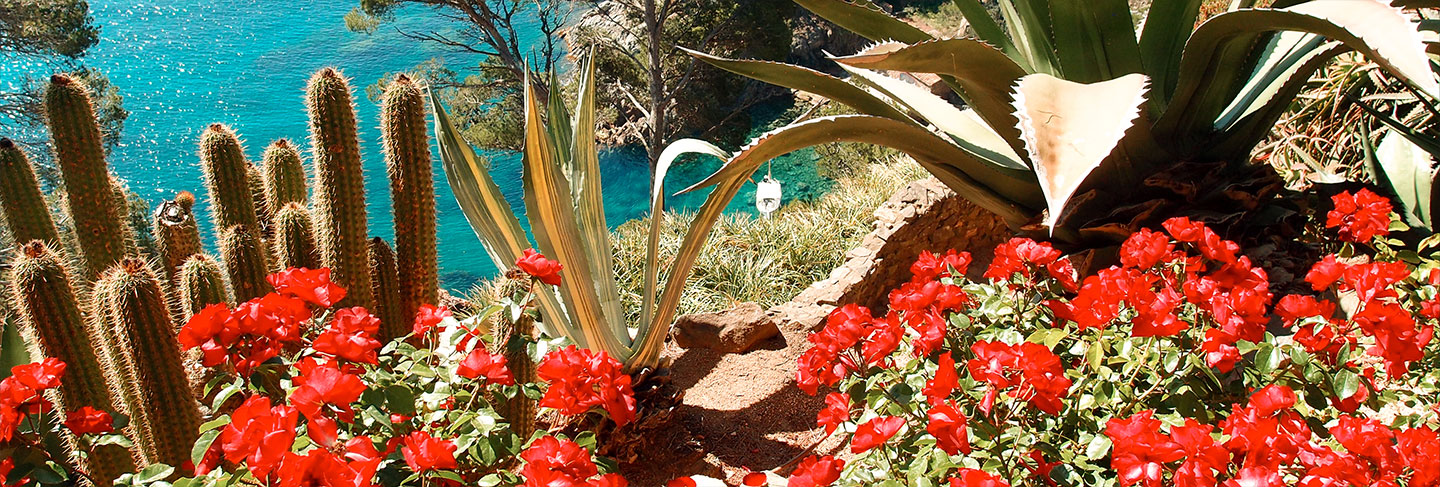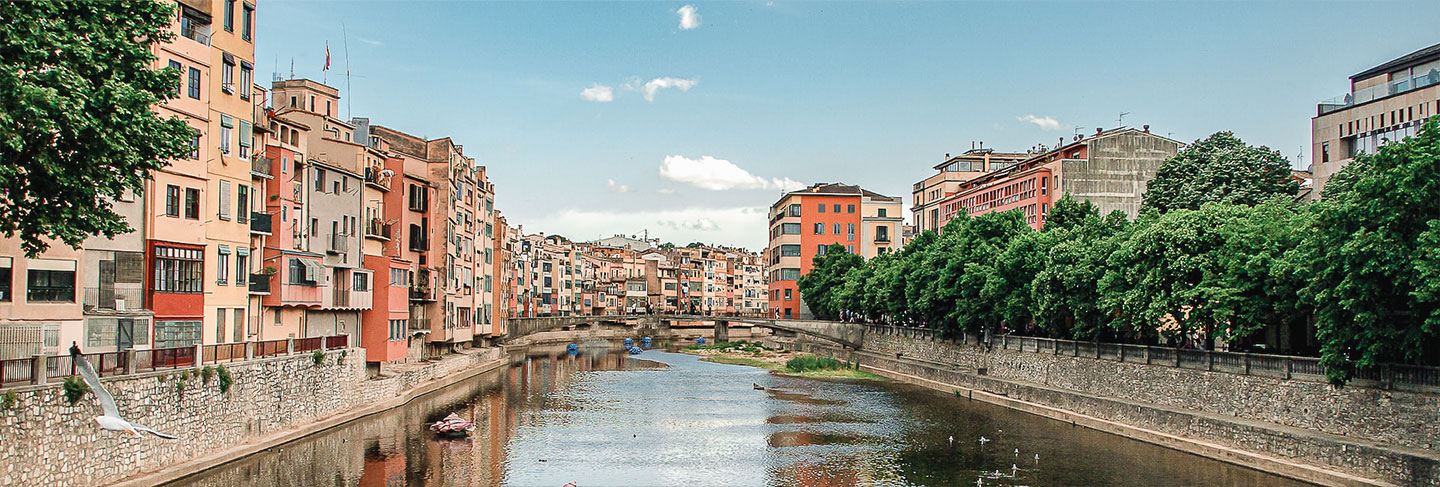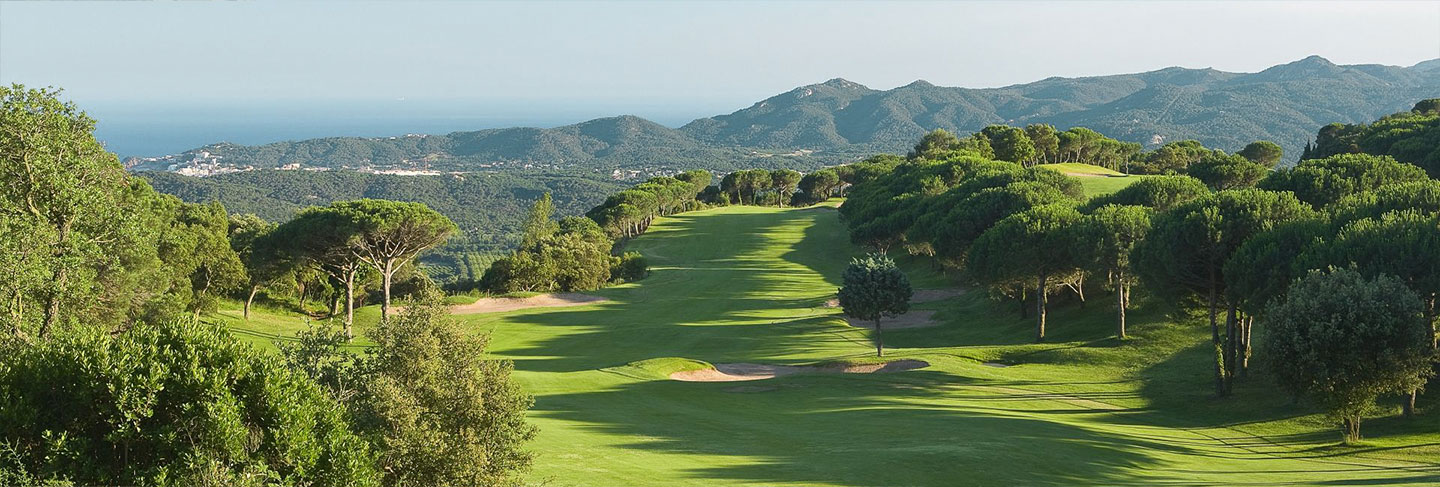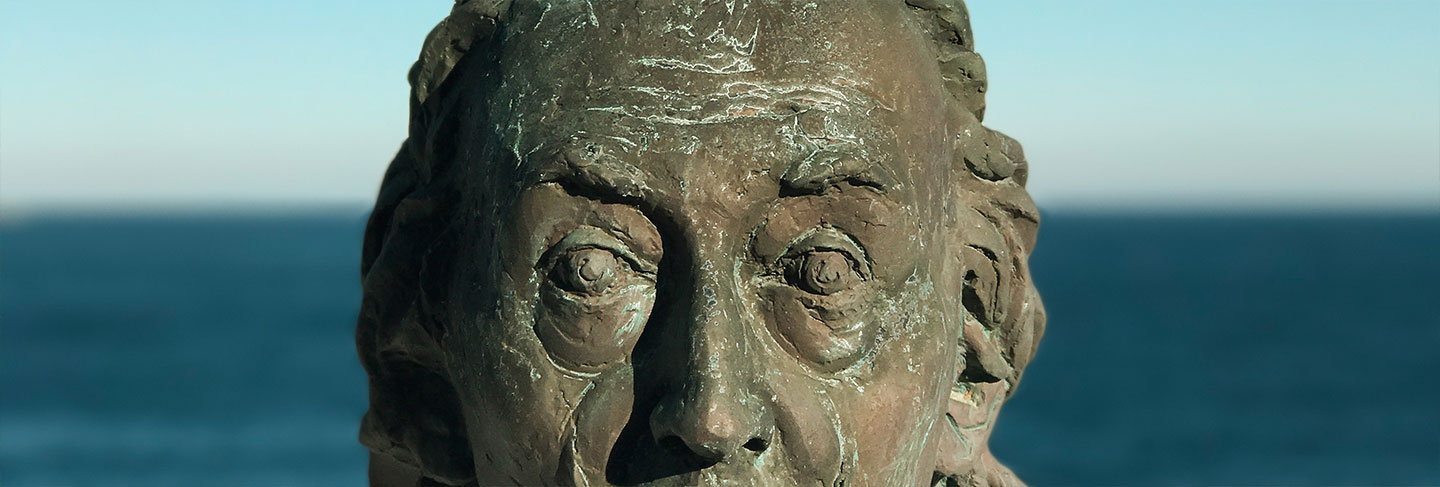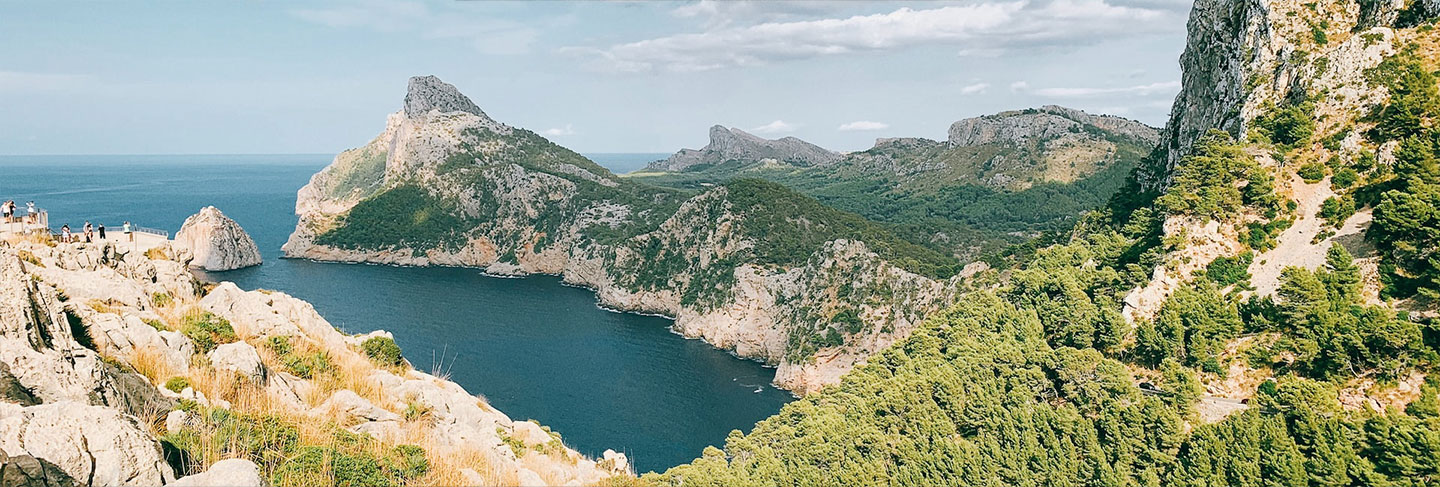The Costa Brava’s diverse landscape offers a wide range of activities to enjoy both by the sea and in the mountains. Furthermore, it is home to a rich historical, cultural and artistic heritage, as well as a delicious traditional gastronomy.
Here is our selection of the top things you must do when visiting the Costa Brava:
Boasting one of the most stunning views of the Costa Brava, this restaurant has an extensive menu, which includes a wide variety of typical Mediterranean dishes, amongst which we encourage you to try fideuà, a Catalan-style paella made from short noodles instead of rice.
Whether indoors or in its garden, shadowed by centenary pine trees, you will no doubt savour a fantastic, romantic meal.
Mooma is a family business, a cideria, a tasting shop, and an incredible farm-to-table restaurant all in one.
It is located in a farmhouse surrounded by apple trees and uses top quality local produce to make its cider.
You simply have to visit this traditional establishment and try their varieties of both cider and apple juice, in its peaceful garden setting.
The Cap Roig Festival hosts a wide range of international and local artists, in a spectacular natural setting spread over 17 hectares overlooking the sea, in one of the Mediterranean region’s most important botanical gardens.
Go on and grab your ticket and attend a unique open-air stage concert!
The Costa Brava’s “Camino de Ronda” is a coastal path that covers over 200 kilometres of the coastline, from Port Bou to Blanes. It meanders along rocky cliffs above the sea, alongside stunning beaches, around hidden coves, through towns and quaint fishing villages, and even the front gardens of houses.
This path has been mostly broken up into smaller sections ranging in length and difficulty and therefore making many different routes possible. However, the coastal path north from S’Agaro is probably the most accessible and one of the most beautiful, with wide paths, balconies overlooking the sea, and far fewer steps.
Set in a magical place, underneath the lighthouse at Llafranc, Far Nomo is a Japanese restaurant, which, aside from its fabulous cuisine, has a terrace with a peaceful chill-out area where you can enjoy a drink while taking in the dreamy sea views.
The best time to go in Summer is around 8, so you can watch the sun set over the coastline.
Embrace your active side and go for a cycle around the countryside of the Costa Brava, passing through medieval villages and past fields of wheat, as well as centuries-old vineyards.
If you enjoy drinking wine and want to know more about how it’s produced, we recommend stopping for a pause at Mas Oller, a small traditional winery, where you can receive a short tour of the vineyards and an explanation of the wine tasting process.
Furthermore, at the wineries of Castillo de Perelada and Celler Can Sais, you can indulge in wine therapies, where grapes and wine are incorporated into spa treatments!
From the streets of Girona’s old town to the fortifications of Tossa de Mar, there is a great deal of medieval architecture to discover throughout the region. One of the best places to visit is Peratallada, which is full of stone-cut buildings and medieval constructions. Furthermore, Besalú has a beautiful bridge and fascinating Jewish history, while Sant Pere de Rodes has a magnificent mountain-top monastery and Pals and Begur possess a deep historical heritage not to be missed.
The Costa Brava has many medieval towns for you to explore. So rent a car and discover the treasure trove of beautiful well-preserved villages scattered all along the coast and throughout the inland regions.
The Costa Brava has a wide range of excellent golf courses and even luxury golf hotels, so it is an excellent place to play for regular golfers. Meanwhile, those wishing to learn can participate in any of the many classes available.
The prestigious Club de Golf Costa Brava in Santa Cristina d’Aro, set around an old farmhouse, is the best choice to do so. It has two courses, one par-72 and one par-73, and the scenery is a real joy, surrounded by thick groves of ancient pines and holm oaks.
The Costa Brava is home to most of Dalí’s artwork and therefore an excellent region to visit to better understand his artistic journey. You must start by visiting the Dalí Triangle, which includes his three most famous attractions in the area: the Dalí Theatre Museum in Figueres, Casa Dalí in Port Lligat and Castell Gala in Púbol.
Moreover, we advise you to visit Cadaqués, a charming fishing village with small white houses, that inspired some of Dalí’s works, as he spent many of his childhood holidays there, and lived nearby in his adult life.
Finally, if you want to get inside the genius’s shoes, take a trip to the Duran restaurant, about 5 minutes walk from the Dalí Theatre-Museum. It was one of Dalí’s favourites.
If you are into thrills and are seeking something a little different, then head to the village of Colomers, from where you can take a hot-air balloon over the picturesque fields of the Costa Brava. This is a wonderful experience and the chance to see a spectacular view of the region.
Moreover, in nearby Empuriabrava there are two possible activities for those who love to ‘fly’: the Windoor Realfly experience and Skydive Empuriabrava. The first activity takes place in a Wind Tunnel and is recommendable for all ages, whereas the second is more suitable for older children and adults and takes place in one of the world’s most popular skydiving zones in Empuriabrava’s unique, natural surroundings.
One of the best places to sail and dive in Costa Brava is the Marine Nature Reserve of the Medes Islands. Consisting of 7 rocky islets and situated close to l’Estartit, the biodiversity and richness of these pristine waters is impressive, allowing you to see a wide variety of flora and fauna.
A Summer holiday isn’t the same without a delicious ice cream in hand. An excellent spot for you to try one is this artisan ice cream maker, founded over 50 years ago and located close to the beach of Port Bou. They have a fantastic range of flavours as well as a number of drinks and pastries options to keep all tastebuds happy.
There are a great many spectacular natural parks waiting to be discovered in the Costa Brava, such as Cap de Creus and Aiguamolls de l’Empordà.
Cap de Creus, in the north of the Costa Brava, is notable for its wild coastline and rocky and dry inland areas, where, due to the wind, not much grows. It has a unique geological configuration in which elements of the Mediterranean and continent mingle. Furthermore, it has many hiking trails to available, along which you can delve into its hidden coves and discover the wonderful lighthouse.
You might also like to visit the Aiguamolls de l’Empordà – a protected wetland, famous for its bird watching. This peaceful natural space is made up of brackish lands, flooded fields, beach dunes, canal banks and lush pastures. However, the area of the Aiguamolls is best known by lovers of ornithology as it is home to numerous bird species of aquatic birds such as ducks and waders, among others
The paradisaical coves and beaches of the Costa Brava tend to get somewhat crowded during the summer months, which can rob them of a little of their magic. For those in the know, however, this hidden, unspoilt cove offers the perfect place for a spot of sunbathing and relaxation.
Cala Estreta is a 25-minute walk away from the popular Castell Beach. The walk is well worth it, however, as at the end you will be rewarded with one of the Costa Brava’s secret gems.
The Costa Brava is renowned for its beautiful gardens and parks, many of which are set on clifftops looking out over the sea.
You’ll find plenty of botanical gardens as you travel around the region, so we recommend that you look up local options whenever you’re visiting a nearby town.
Our personal favourites include: Pinya de Rosa Botanical Gardens, between Blanes and Lloret; Mar i Murtra in Blanes: and, our favourite, the Cap Roig Gardens in Calella de Palafrugell.

